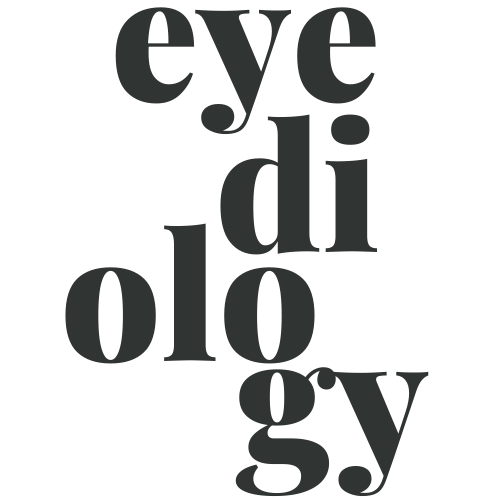Understanding Your Prescription
What Your Glasses Prescription Tells Us…
The first time you look at your spectacle prescription can be a little daunting; however, they are relatively straightforward to understand. By the time you have finished reading this, you should have a clearer idea of just what all the numbers and values mean.
There is a pattern that most glasses prescription are written in; they differ in what they call each measurement and in some of the abbreviations used, but once you understand the pattern you should be able to figure out what goes where.
Standard Glasses Prescription Terms
The prescription will give the sight evaluation values for each eye, right and left, as follows:-
- SPHERE (SPH) – this denotes the correction value for LONG SIGHTEDNESS (+) and SHORT SIGHTEDNESS (-).
- CYLINDER (CYL) – this denotes the correction value for an ASTIGMATISM if present.
- AXIS – this value denote the angle at which the correction of the CYL must sit.
- ADDITION (ADD) – this is the power added to your prescription if you require glasses for seeing close objects or reading; this is always a (+) value.
- PRISM and BASE – value used to the correct double vision however these are uncommon.
For any value that is used to measure the correction needed for your sight the plus (+) and minus (-) symbols will always be included.
As stated before, the plus (+) and minus (-) symbols should always be written with the powers on your prescription to whether they correct for long or short-sightedness.
For instance, the SPHERE (SPH) and CYLINDER (CYL) can consist of plus and minus powers e.g SPH -1.25 CYL -0.5
The AXIS will consist of a number value between 0 and 180; this will only be present if you have an astigmatism (CYL) value.
The ADDITION (ADD) will only have a plus (+) value! This is the value added to your prescription if you need glasses for reading as well as for distance seeing or in bifocal/varifocals.
In some cases the ADD prescription may be written out underneath your distance prescription
e.g distance prescription may be R SPH -4.50 and L SPH -3.00
The reading prescription may be R SPH -2.50 and L SPH -1.00
in this case the ADD would be +2.00.
Glossary of Abbreviations and terms
- 0.00, Plano, Pl, infinity (∞) – all denote that no sight correction is required
- Right, R or OD – denotes the right eye
- Left, L or OS – denotes the left eye
- DV – denotes distance vision
- NV – denotes near vision
- PD – denotes the PUPILLARY DISTANCE; that is the distance between the centres of your pupils. This measurement is given in millimetres.


